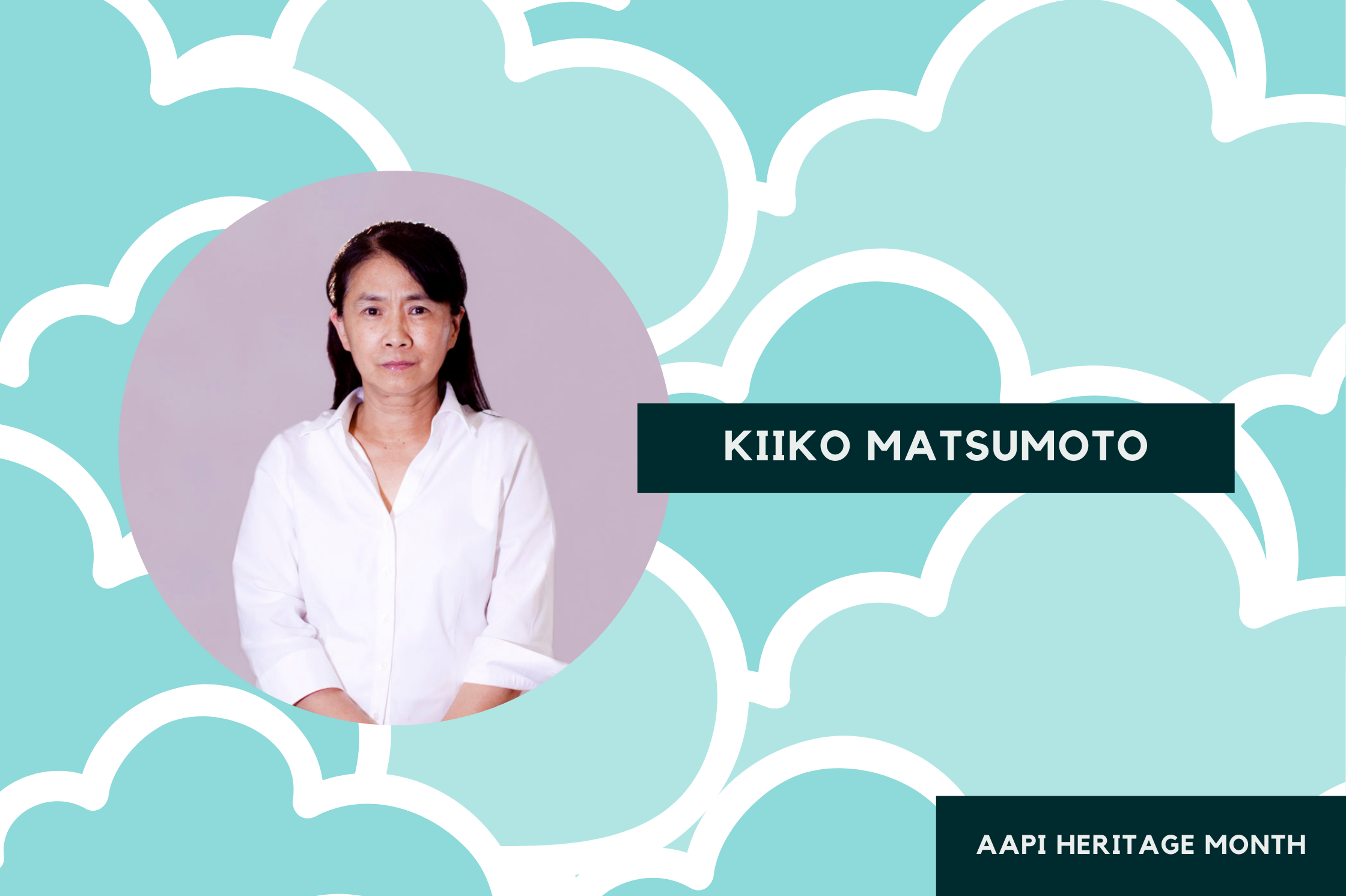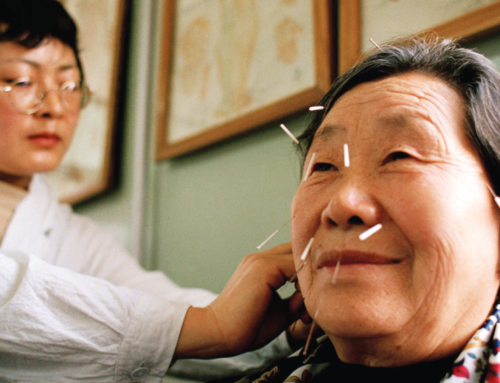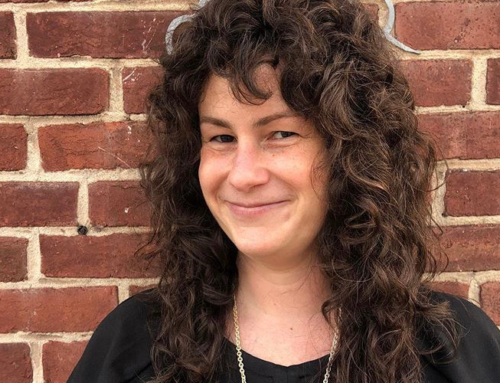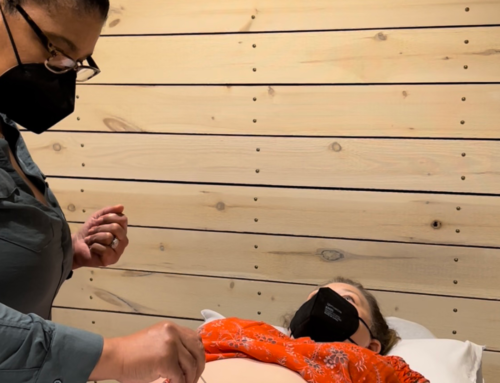Kiiko Matsumoto is an internationally renowned clinician and is considered a living master of acupuncture. In practice for over 30 years, her intensive study of the original Chinese classical texts and work with other infamous practitioners, combined with extensive hands-on clinical experience, brought her to formulate her own style of treatment (“Kiiko style” or KMS) which is taught and used widely around the world. She has authored five seminal acupuncture medical texts and teaches at a number of acupuncture schools, which is how I got to learn from her. The curriculum at Tri-State College in NYC, where I received my MS in Acupuncture, was split between three primary traditions, one of which was Kiiko’s, and from my first class with her I was hooked.
Kiiko’s unique style is rooted in the Japanese tradition of working within the system of meridians and focuses a great deal on diagnostics by palpation both of the meridians themselves and of the Hara, or abdomen. To determine which points will be most effective, Kiiko looks for both clinical signs (softness or rigidity in the tissue, lumps or divots along meridian lines, etc.) as well as tangible sensations and symptomatic changes felt by the patient when certain areas are pressed. This sort of “call and response” approach draws a direct connection between points and the symptoms they are intended to treat – when a point is stimulated and you feel a reaction in your body, we both know that what we are doing is going to affect a change.
KMS is inherently holistic in that it works within the entirety of the body’s systems. It is looking for immediate resolution of symptoms, that is always the tip of the iceberg of the intention of a treatment, as symptoms are representative of an underlying root cause. The root may be simple – pain in the ankle is a symptom of a recent sprain – or much more involved – stomach pain is a symptom of gas, which is a symptom of IBD (Inflammatory bowel disease), which is a symptom of Crohn’s disease – but in all treatments, while the symptom is addressed, the root is sought.
Working with Kiiko instilled in me an ever-growing awareness of the beauty, complexity, and incredible power of acupuncture as a healing modality. She would often encourage nutrition and lifestyle changes as part of a treatment protocol but – while recognizing their value – didn’t prescribe herbs or supplements. Instead, she encouraged a deeper focus on the practice of acupuncture (and associated non-needling techniques such as moxa) so that her students might be able to treat more and more effectively. Every few months she would have discovered a new favorite point and have countless resolved cases, as well as new translations of the classics, to support her unorthodox usage of it. There are no dead ends for Kiiko; she teaches by example that there is always something different to try, an as-yet-undiscovered way to get to the source of a problem, and I strive to incorporate her pioneering spirit into my work every day.






